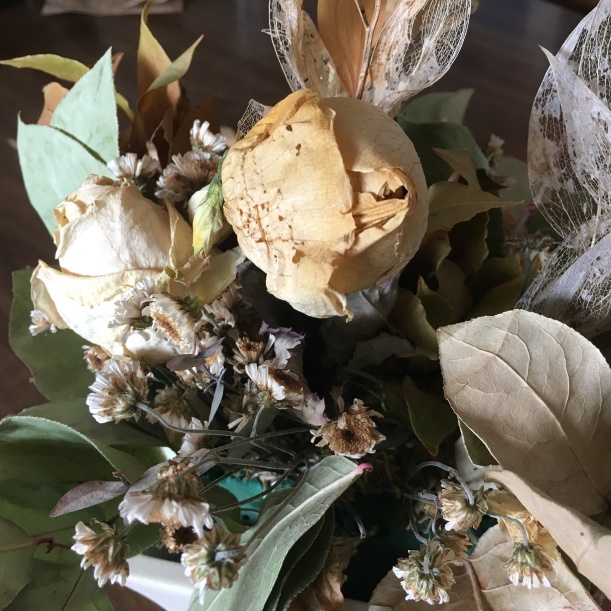‘Just put it in the compost heap- and it will biodegrade!’ That is what I have heard from enthusiastic proponents of biodegradable ‘plastic’. But now I’m cautious about doing that. This is after my experiment trying to actually compost this stuff.

As you see in the photo above, this is what the plastic bag looks like after more than a month inside the pot. I filled the bag with dried and green leaves, hoping to start the process of biodegradation. But it remains as strong as ever with no signs of disintegration. My friend used a large ‘hot’ composter and she also found that the ‘vegware’ she threw in haven’t composted at all. I have since learnt that these bags require specific environmental conditions to biodegrade. Most require an industrial composting facility. If accidentally mixed with regular plastics, compostable ones contaminate the recycling process.
Keep Britain Tidy has complained, ‘The drive to introduce bioplastics, biodegradable plastics and compostable plastics is being done with limited emphasis on explaining the purpose of these materials to the public or consideration of whether they are in fact better from an environmental perspective than the plastic packaging they replace.’ I also saw report from the BBC where a biodegradable shopping bag could still carry a full load of groceries after submerged in water for three years or buried underground for the same time. In some ways these are worse than the normal plastic ones because they come with the myth that they are somehow more benign to nature.
I was recently offered a ‘vegware glass’ at a charity meeting. When I asked for a proper glass, the woman said, ‘But these are compostable- and it’s all a part of a circular economy’. I replied, ‘Please show me where your composter is.’ She said the office didn’t have one. ‘So you expect me to take this home and compost it? What if I don’t have composter? What happens if the vegware doesn’t break down?’ She didn’t have the answers and so reluctantly led me to the kitchen and gave me a glass. Whether it is vegware, or biodegradable- it is also a single use item. Single use items should be banned- our planet is not big enough to take in all the rubbish we throw in it.






















